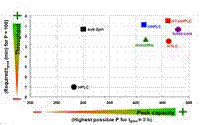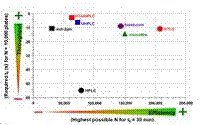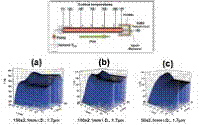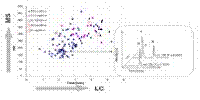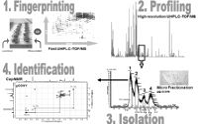

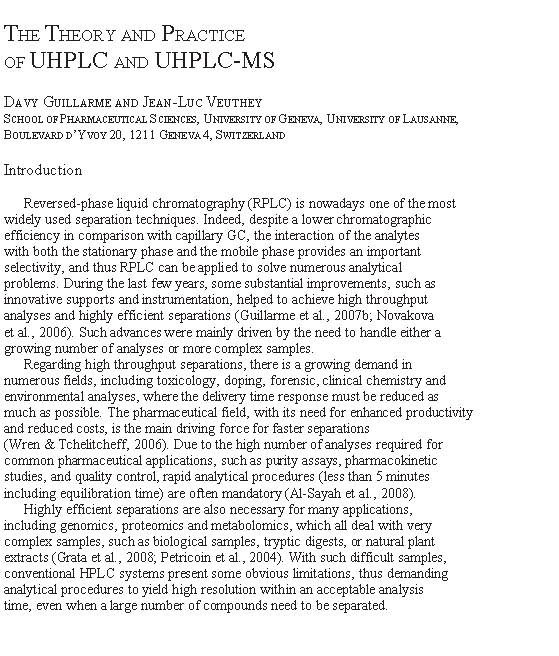
|
This was a sample page from the book to give you an idea of what is discussed. To learn more about The Theory and Practice of UHPLC, Buy the Book! |

|
Contact the authors:
Dr. David Guillarme Prof. Dr. Jean-Luc Veuthey c/o AOCS Press P.O. Box 17190 Urbana, IL 61803-7190
Phone: 217-359-2344 E-mail: sales@aocs.com Web address: |
